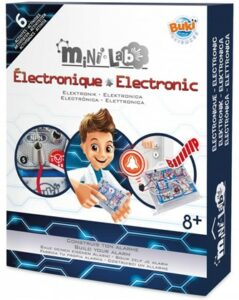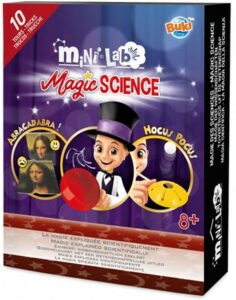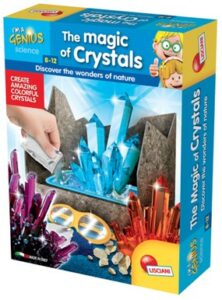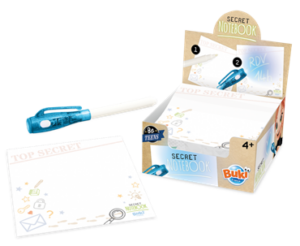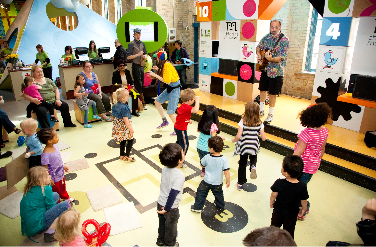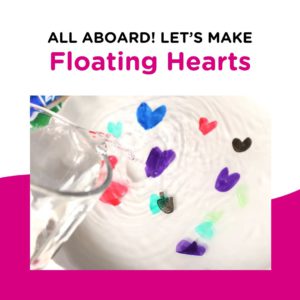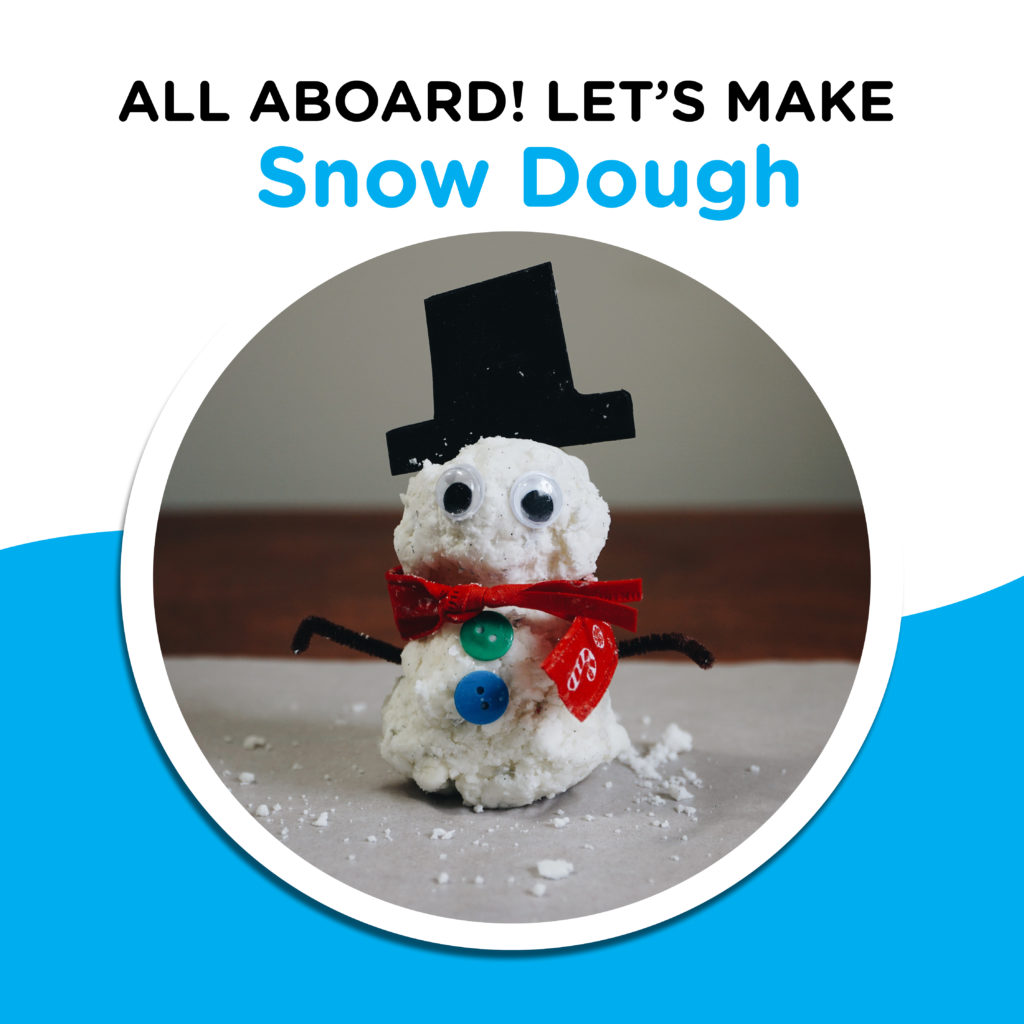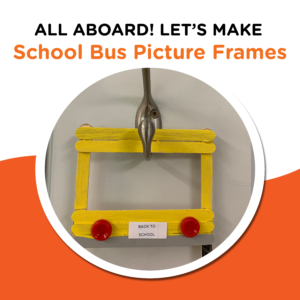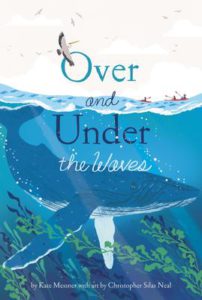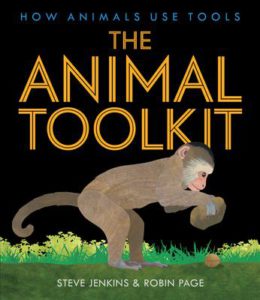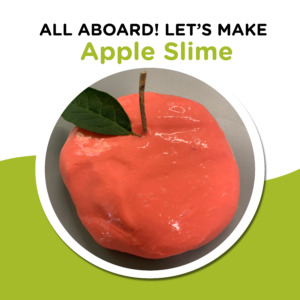SHOP FEATURE 5
(For the week of June 5, 2023)
Check out this week’s Feature 5 – a list of top-selling products from Shop, the Children’s Museum’s gift store!
<hr>
Mini Lab – Electronics
Price: $23.99 each
Assemble the no-solder components and discover 6 activities to make your own alarm.
Includes 1 circuit board unit, 1 perforated cardboard image, 7 red wires, 7 white wires, 20 springs, 1 battery compartment, 1 buzzer, 1 light-emitting diode (LED), 1 NPN transistor, 1 PNP transistor, 1 capacitor, 1 light sensor and 1 support, 2 resistors, and full-colour illustrated instructions.
Note: Requires 2 LR06 batteries (not included).
Suitable for ages 8+
<hr>
Mini Lab – Magic Science
Price: $23.99 each
A set for performing magic tricks explained by science. Make objects levitate with static electricity, change liquid water into a solid, discover optical illusions, and more!
Includes 2 small beakers, 1 ball, 1 straw, saucer (upper section), saucer (lower section), balloon, 1 cloth, 1 plastic strip, 1 square of cardboard, 1 super-absorbent polymer (7g), 1 blue sand (10g), 1 pink sand (10g), 1 spoon, 1 measuring cup, 1 optical illusion, 1 magic painting, and full-colour illustrated instructions.
Suitable for ages 8+
<hr>
I’m A Genius Science – Easy Chemistry
Price: $22.99 each
Perfect for taking your first steps into the world of chemistry, this kit includes all the reagents and tools to perform 25 fun and safe chemistry experiments.
Includes 2 reagents (calcium hydroxide, sodium carbonate), 3 test pieces, protective glasses, Pasteur pipette, pliers, watering can, spoon, chemist’s worktop, 2 glasses, protective gloves, and illustrated manual.
Suitable for ages 8+
<hr>
I’m A Genius Science – The Magic Of Crystals
Price: $23.99 each
A scientific kit to create the most colourful crystals in complete safety. Mix the reagents in the container, place them in the “cave” and wait. Your crystals will form by magic! With the illustrated manual, creating your own crystals will be a breeze.
Includes reagent and food colouring, “cave” structure and string, container and small scoop, coloured cups, gloves and eye protection, rocks, and an illustrated manual.
Suitable for ages 8+
Secret Notebook
Price: $15.99 each
Write a secret message with the invisible pen and use the UV light on the cap to read it!
Includes one 300-sheet self-adhesive notepad and an invisible ink pen with UV lamp.
Suitable for ages 4+

